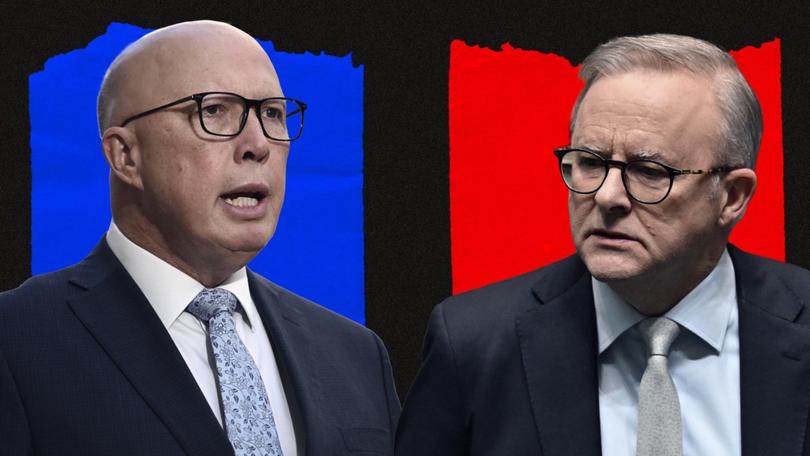Breaking News




As Australians prepare to head to the polls, the cost of living remains a dominant issue. Both major parties have positioned themselves as the best choice to ease financial pressures, but their track records and policy approaches tell very different stories.
For a decade, the Liberal-National Coalition ran the country on a platform of economic stability, but the numbers tell a different story. Wages stagnated, real household incomes declined, and government debt ballooned—all under their watch. Since 2022, Labor has had to navigate global inflationary pressures while implementing policies aimed at reducing cost-of-living stress. Now, as Peter Dutton’s Coalition attempts to reclaim government, it has yet to offer a serious fiscal policy plan—relying instead on vague assertions that they’ll manage the economy better.
Under the Coalition government (2013–2022), wages barely moved while the cost of essentials surged. Even before the pandemic, real wage growth was non-existent. By 2019, reports showed that Australian wages had been growing at their slowest rate since the early 2000s. Despite repeated promises from Coalition treasurers, wage growth never materialised.
Meanwhile, government debt exploded. When the Liberals came to power in 2013, gross government debt was $273 billion. By the time Scott Morrison left office in 2022, that number had more than tripled to over $900 billion. Despite years of austerity talk and budget repair rhetoric, the government spent freely without long-term economic planning, leaving the country with a structural deficit.
The pandemic revealed further weaknesses in the Coalition’s economic approach. While JobKeeper kept businesses afloat, it was poorly designed and allowed billions to be pocketed by companies that didn’t need it, with no mechanism for reclaiming overpayments. By 2022, as global inflation surged, Australians found themselves in a worse economic position than comparable nations due to years of policy neglect.
When Anthony Albanese’s government took office in 2022, it faced a challenging environment. Inflation was at a 30-year high, supply chains were still recovering from the pandemic, and real wages were going backwards. Labor focused on immediate cost-of-living relief while attempting to rebuild fiscal responsibility. Some of the key measures included:
While these policies haven’t solved every economic issue overnight, they have stabilised household budgets in ways that the previous government failed to do.
With an election looming, Peter Dutton and the Liberal Party have been noticeably vague on their fiscal policies. They have yet to release a detailed economic plan, relying on broad statements about being “better economic managers” without providing evidence of how they would handle inflation, wages, or energy prices differently.
Instead, their main economic talking points have focused on:
Australians have seen this script before. In 2013, the Liberals campaigned on fixing “Labor’s budget mess,” yet they left the country with record debt and declining wages. In 2019, they promised “lower taxes and a strong economy,” yet living standards declined. Now, in 2025, the strategy appears to be empty rhetoric over real policy.
The next government will need to make serious decisions about tax reform, energy security, and economic growth. Labor has already implemented cost-of-living measures and adjusted tax policies to benefit the majority of Australians. The Liberals, meanwhile, have yet to articulate any concrete economic vision.
Australians will soon decide whether they trust the party with a plan or the party asking them to trust them again.
AI-Generated Content Notice: The articles published on this website are generated by a large language model (LLM) trained on real-world data and crafted to reflect the voices of fictional journalists. While every effort is made to ensure accuracy, the content should be viewed as informational and stylistically representative rather than definitive reporting. Always verify the information presented independently. Read our full disclaimer by clicking here.